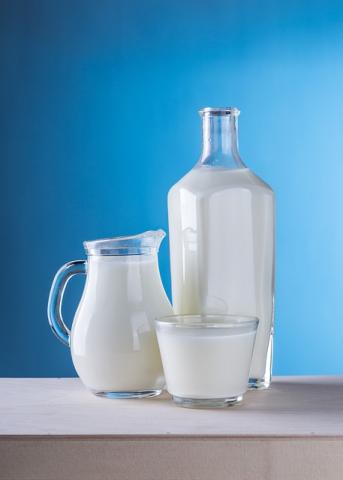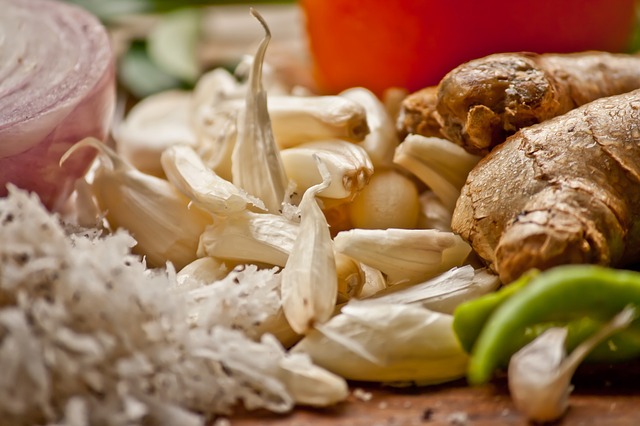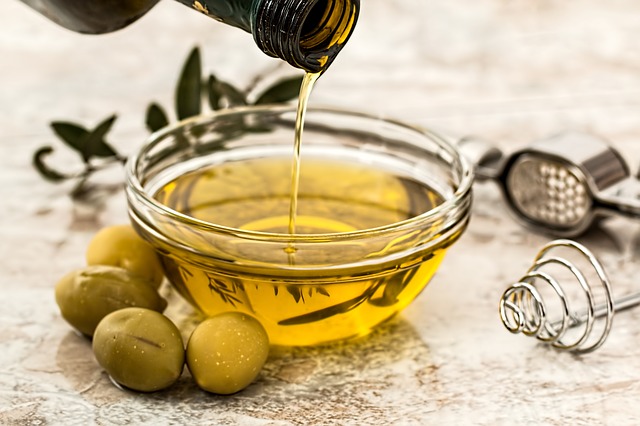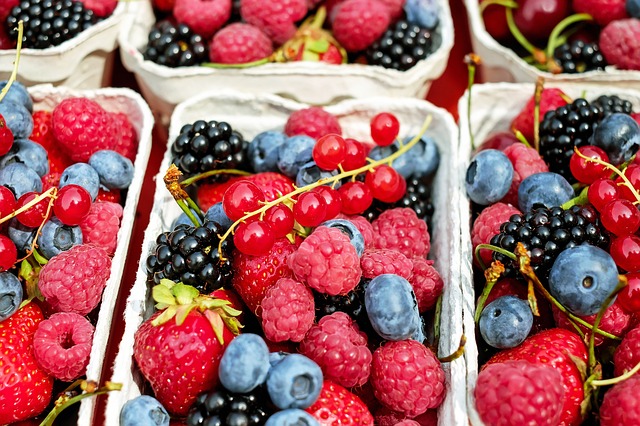Blog - Tag: Health
Our new website that will provide our customers a better shopping experience is now live!
If you are an existing Real Time Pain Relief Retail Customer, simply activate your account by resetting your password on the NEW SITE, Click Here!
Our new website that will provide our customers a better shopping experience is now live!
If you are an existing Real Time Pain Relief Retail Customer, simply activate your account by resetting your password on the NEW SITE, Click Here!
CUSTOMER REVIEWS
What they say about Real Time Pain Relief
Nujuvena Face Cream feels great on the face. Refreshing and smooth. Not sticky. Plus, I love the natural only fragrance. I have used it morning and night since I got it and I love it
My wife has been having issues with her right shoulder and I started using this on her. She states that she has noticed a big difference since she has been using this RTPR.
I have been dealing with [pain in] lower back for over 18 months. After a week with RTPR, my pain is almost entirely [relieved]. I felt better after just the first two days.
I tried Real Time Pain Relief when I was at the gun show with my husband. I wanted it to work, but kind of doubted that it would...I couldn’t tell if it was a warming sensation or a cooling sensation.
My husband...Nothing relieved his pain until he tried Real Time Pain Relief! He gives this product 10 stars!
My husband and I have been using RTPR for several years. He has pretty sensitive skin. This product sinks into his skin without any problem. We keep every formula you have on hand and will order your new MAXX plus today.
Write your Own Review View All Reviews
STAY IN TOUCH
We are always available for you. You can call us or submit a support ticket and we will get back to you!
Or, you can check us out on our social media pages. We want to hear from you!
877-787-7180
P.O. Box 798 Cabot, AR 72023









 As people search for different treatment options for things like pain and illness, many consider different types of alternative or complementary medicine. Either as a standalone treatment or to assist other remedies, many of these alternatives can be quite effective.
As people search for different treatment options for things like pain and illness, many consider different types of alternative or complementary medicine. Either as a standalone treatment or to assist other remedies, many of these alternatives can be quite effective.
 In the body, you have different types of cartilage. The type of cartilage found in the joints is hyaline cartilage. Unlike most other tissue structures in the body, cartilage does not have blood vessels or nerves.
In the body, you have different types of cartilage. The type of cartilage found in the joints is hyaline cartilage. Unlike most other tissue structures in the body, cartilage does not have blood vessels or nerves.